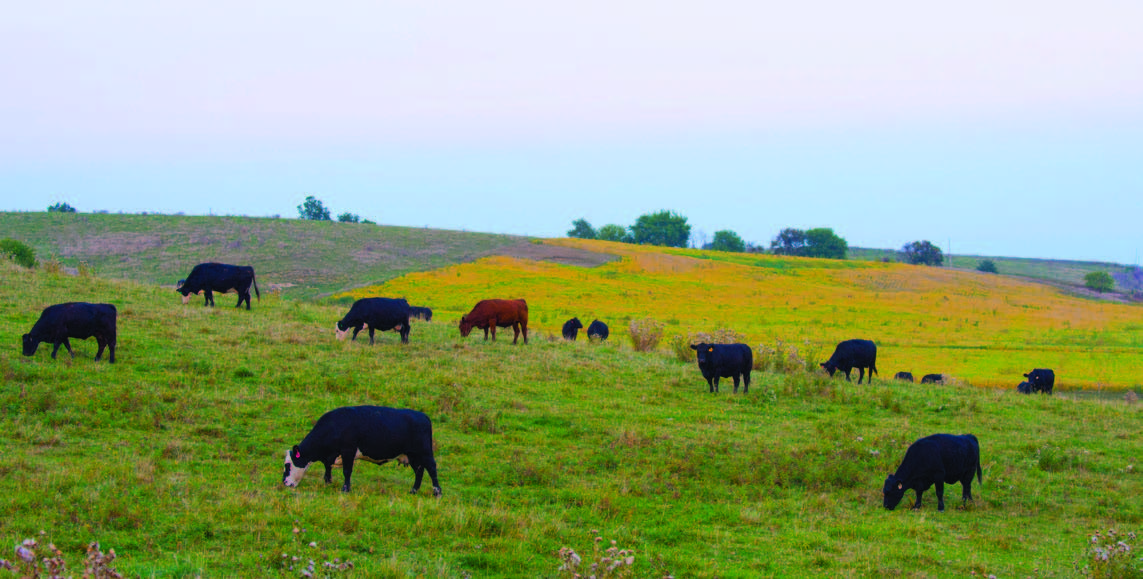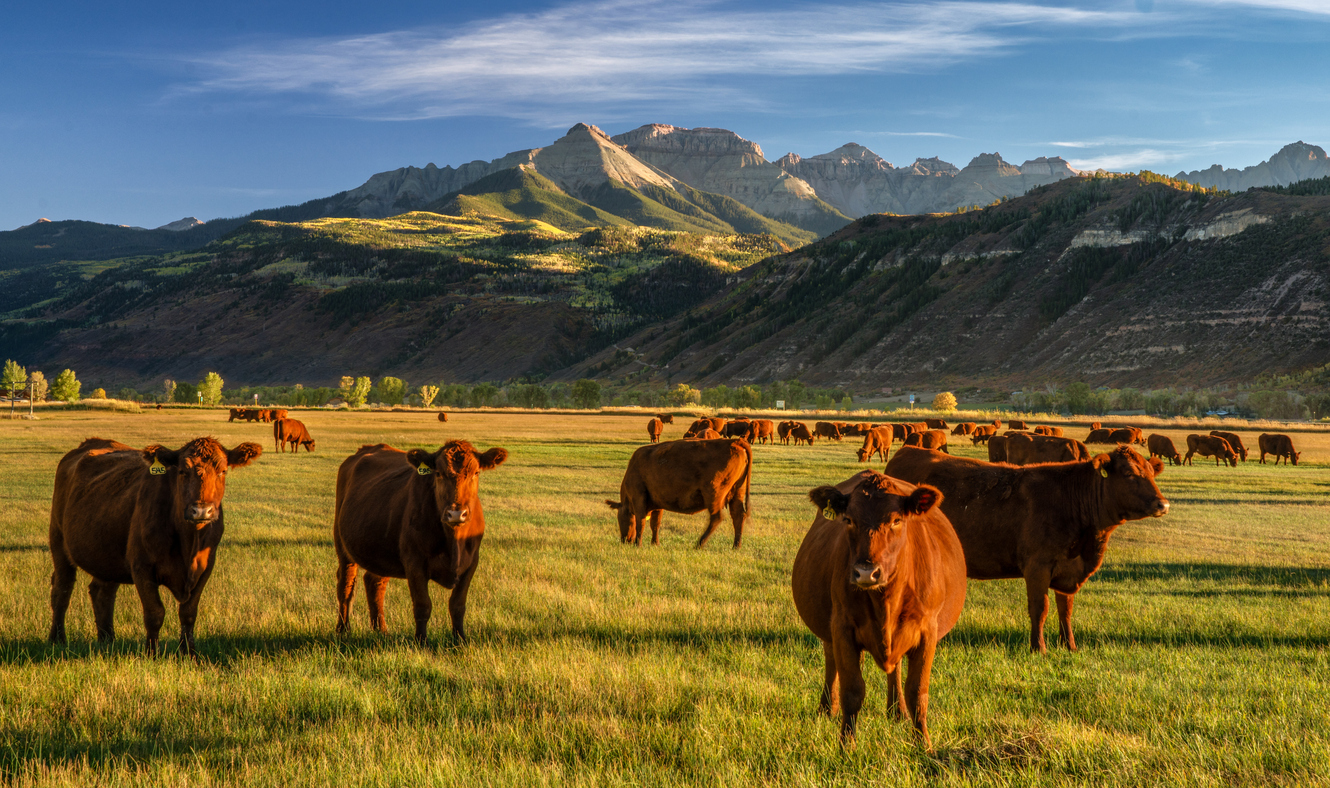Strategic Partnerships for Resilience: Bagley Risk Management
Wiki Article
Recognizing Animals Threat Protection (LRP) Insurance Policy: A Comprehensive Overview
Browsing the world of livestock risk defense (LRP) insurance policy can be an intricate endeavor for lots of in the agricultural field. This sort of insurance policy uses a safeguard against market fluctuations and unpredicted conditions that can influence animals producers. By understanding the details of LRP insurance coverage, producers can make educated decisions that may safeguard their procedures from economic dangers. From how LRP insurance operates to the numerous protection choices offered, there is much to reveal in this extensive overview that can possibly shape the method animals manufacturers come close to danger monitoring in their services.

Just How LRP Insurance Coverage Functions
Sometimes, understanding the mechanics of Livestock Threat Defense (LRP) insurance coverage can be intricate, yet breaking down exactly how it functions can supply quality for farmers and herdsmans. LRP insurance is a danger management tool created to safeguard livestock manufacturers versus unexpected cost declines. It's vital to keep in mind that LRP insurance is not an income warranty; instead, it focuses solely on rate risk security.Qualification and Insurance Coverage Options

When it comes to protection options, LRP insurance provides manufacturers the versatility to select the protection level, insurance coverage period, and recommendations that ideal match their risk administration needs. By understanding the eligibility criteria and insurance coverage options available, livestock manufacturers can make educated choices to handle danger effectively.
Pros and Disadvantages of LRP Insurance
When evaluating Livestock Danger Security (LRP) insurance coverage, it is crucial for livestock manufacturers to evaluate the benefits and drawbacks intrinsic in this risk monitoring device.
One of the primary benefits of LRP insurance is its ability to supply security versus a decline in animals costs. Additionally, LRP insurance supplies a degree of versatility, allowing producers to customize insurance coverage degrees and policy periods to fit their particular needs.
One restriction of LRP insurance coverage is that it does not protect against all kinds of threats, such as disease break outs or all-natural calamities. It is essential for producers to very carefully evaluate their individual threat exposure and monetary situation to establish if LRP insurance policy is the best threat management tool for their procedure.
Comprehending LRP Insurance Premiums

Tips for Making The Most Of LRP Perks
Maximizing the advantages of Animals Risk Protection (LRP) insurance policy needs critical planning and positive risk administration - Bagley Risk Management. To maximize your LRP coverage, take into consideration the adhering to suggestions:Consistently Analyze Market Problems: Stay notified concerning market visit this website patterns and cost variations in the animals market. By monitoring these aspects, you can make enlightened decisions concerning when to acquire LRP insurance coverage to shield versus prospective losses.
Set Realistic Coverage Levels: When picking protection levels, consider your production costs, market worth of livestock, and possible threats - Bagley Risk Management. Establishing practical coverage levels makes sure that you are adequately protected without overpaying for unnecessary insurance policy
Expand Your Protection: Rather than relying only on LRP insurance, think about expanding your danger management approaches. Integrating LRP with other risk management devices such as futures agreements or alternatives can offer thorough insurance coverage versus market unpredictabilities.
Review and Change Coverage Regularly: As market problems change, occasionally review your LRP insurance coverage to guarantee it aligns with your current danger direct exposure. Readjusting coverage degrees and timing of purchases can help enhance your threat defense method. By following these ideas, you can optimize the benefits of LRP insurance policy and safeguard your livestock procedure against unexpected threats.
Verdict
To conclude, livestock threat security (LRP) insurance policy is a useful device for farmers to handle the economic risks connected with their animals operations. By understanding just how LRP works, qualification and protection alternatives, along with the benefits and drawbacks of this insurance policy, farmers can make enlightened decisions to protect their resources. By carefully considering LRP premiums and carrying out techniques to make the most of benefits, farmers can reduce possible losses and ensure the sustainability of their procedures.
Animals manufacturers interested in getting Animals Risk Security (LRP) insurance can explore a variety of qualification standards and coverage choices tailored to their particular livestock procedures.When it comes to insurance coverage choices, LRP insurance coverage offers producers the adaptability to pick the protection level, coverage duration, and endorsements that best suit their threat monitoring requirements.To comprehend the ins and outs of Animals Threat Security (LRP) insurance completely, comprehending the factors influencing LRP insurance coverage premiums Visit Website is critical. LRP insurance policy premiums are determined by various elements, consisting of the insurance coverage degree selected, the anticipated rate of animals at the end of the protection period, the kind of animals being guaranteed, and the size of the coverage period.Review and Change Coverage On a regular basis: As market problems alter, periodically review your LRP protection to ensure it aligns with your current risk exposure.
Report this wiki page